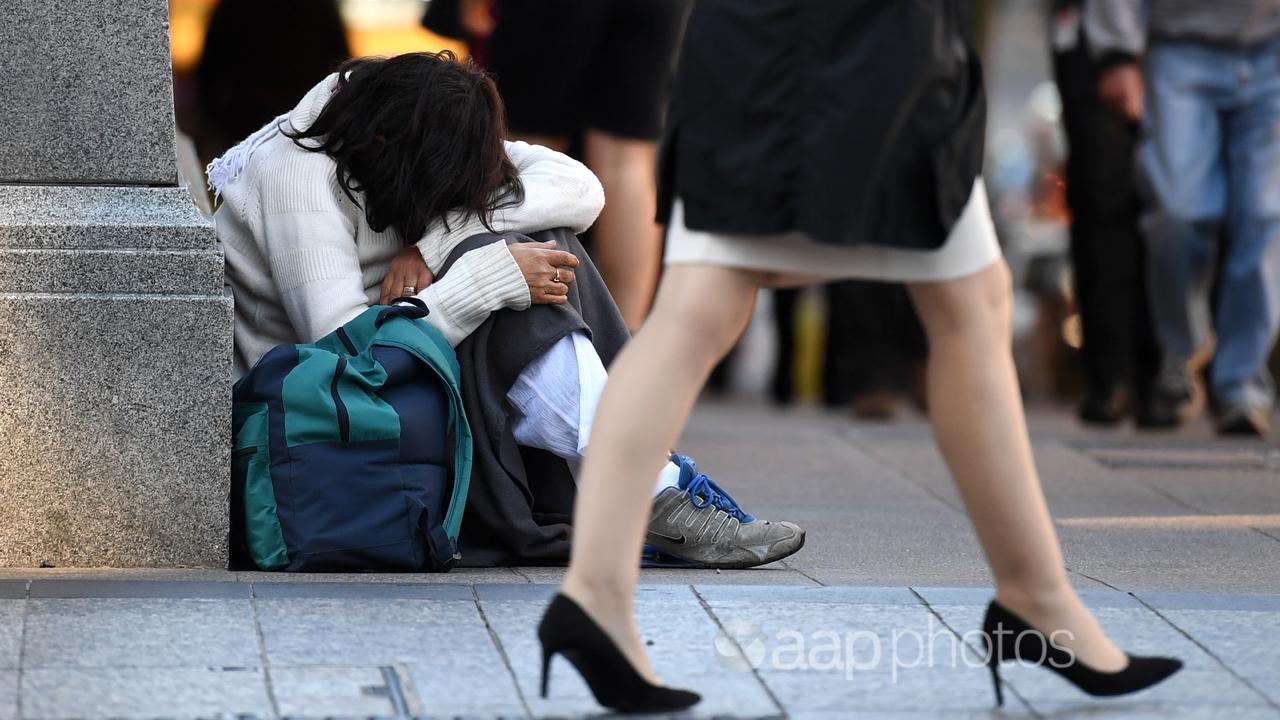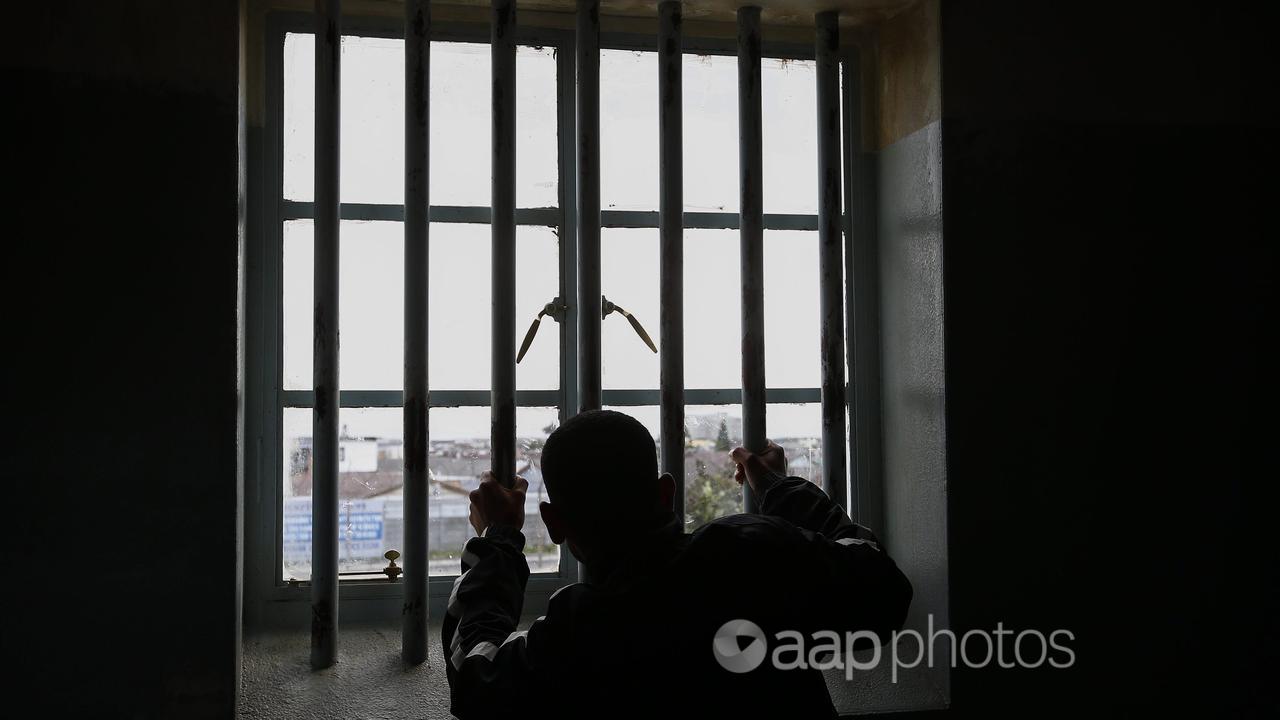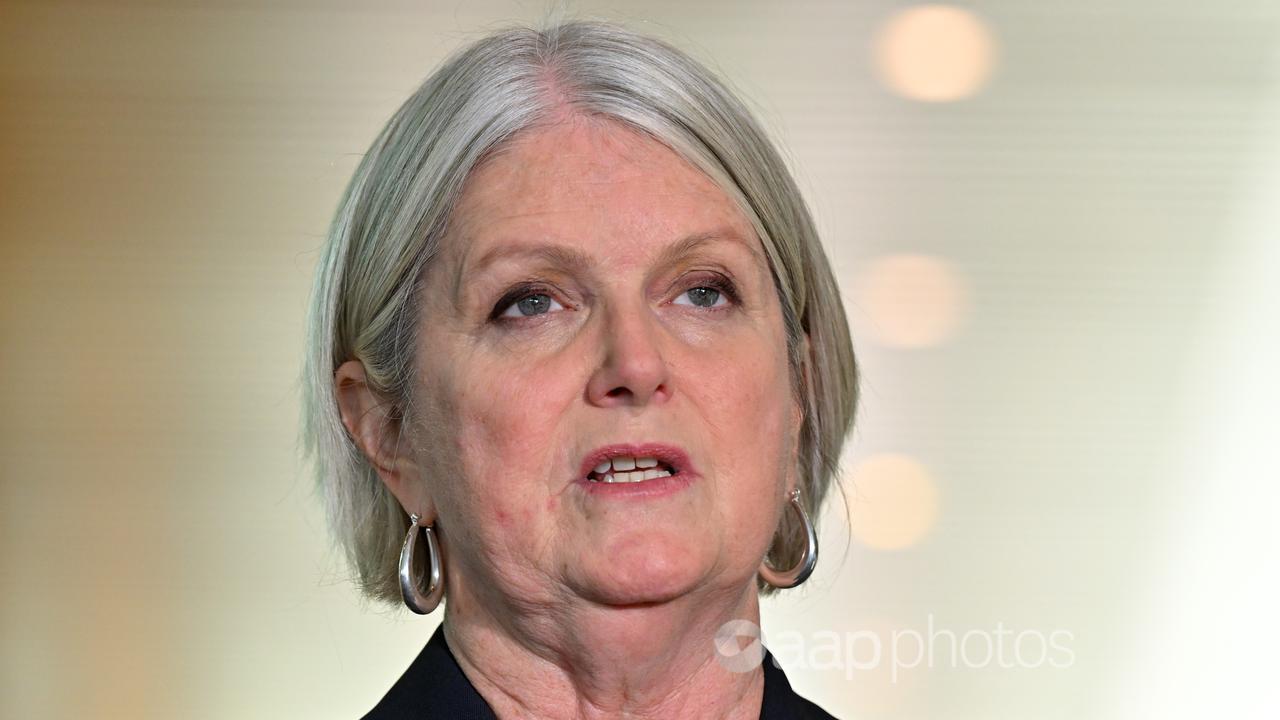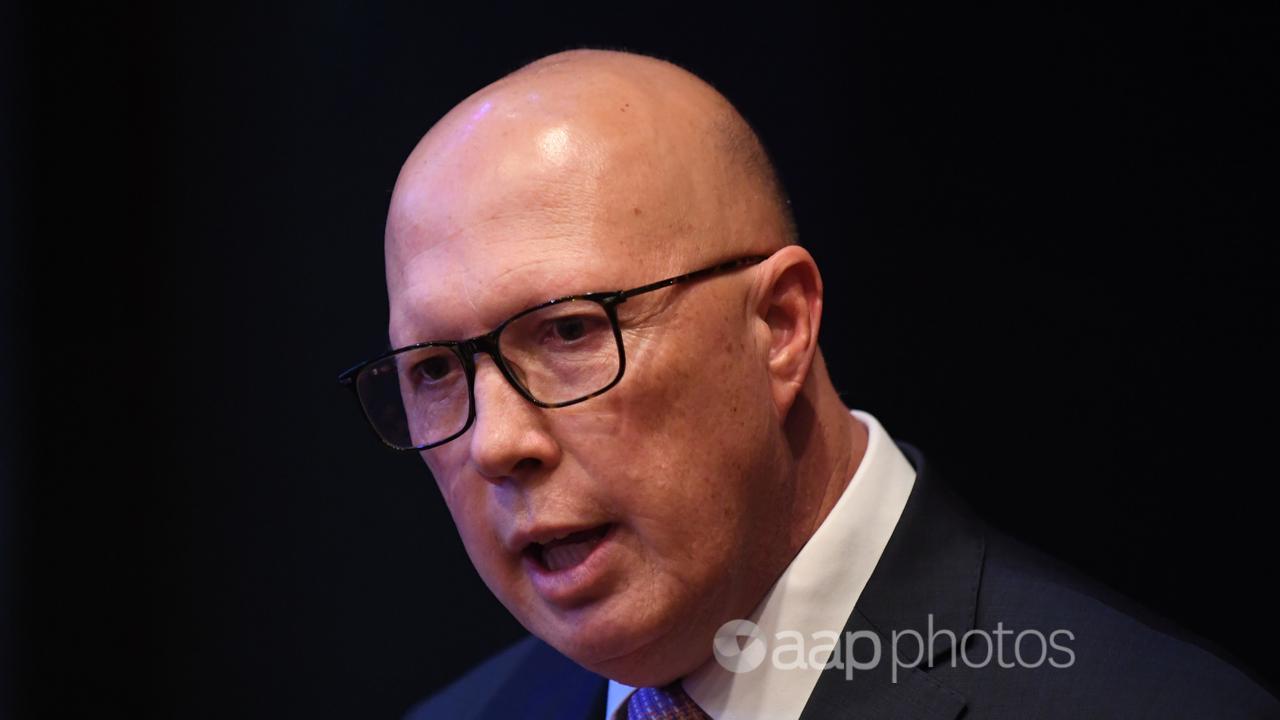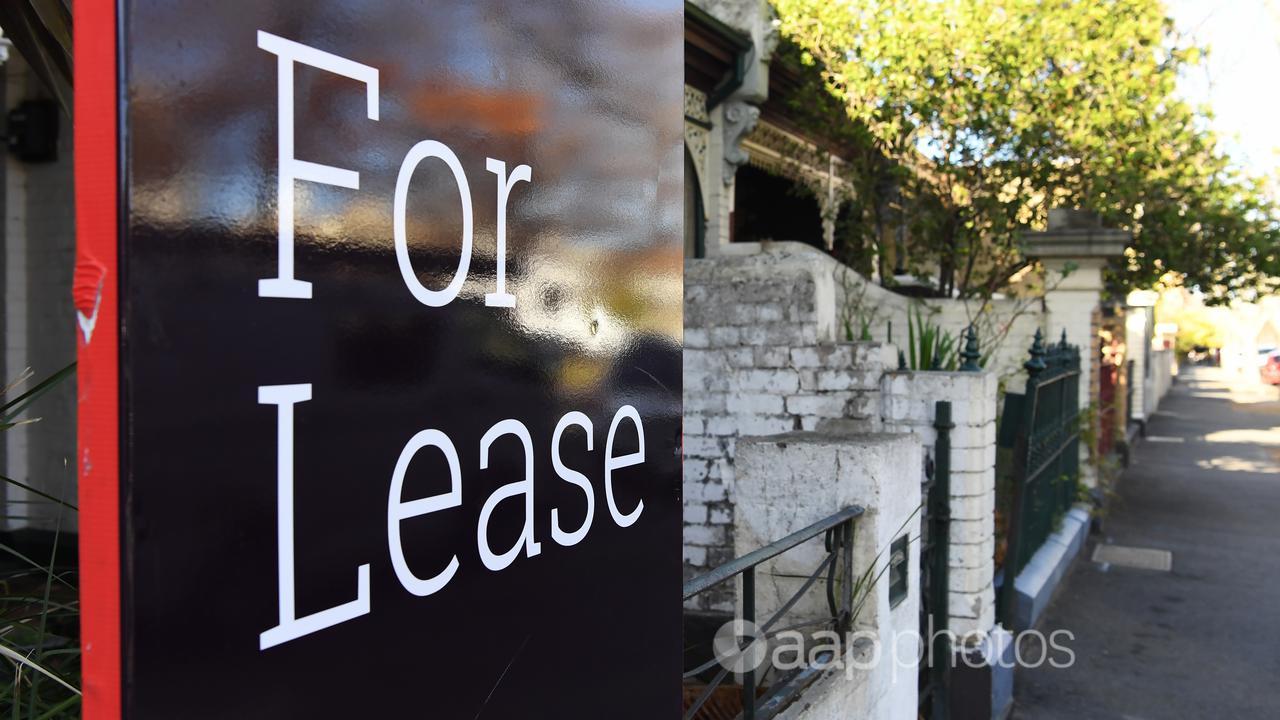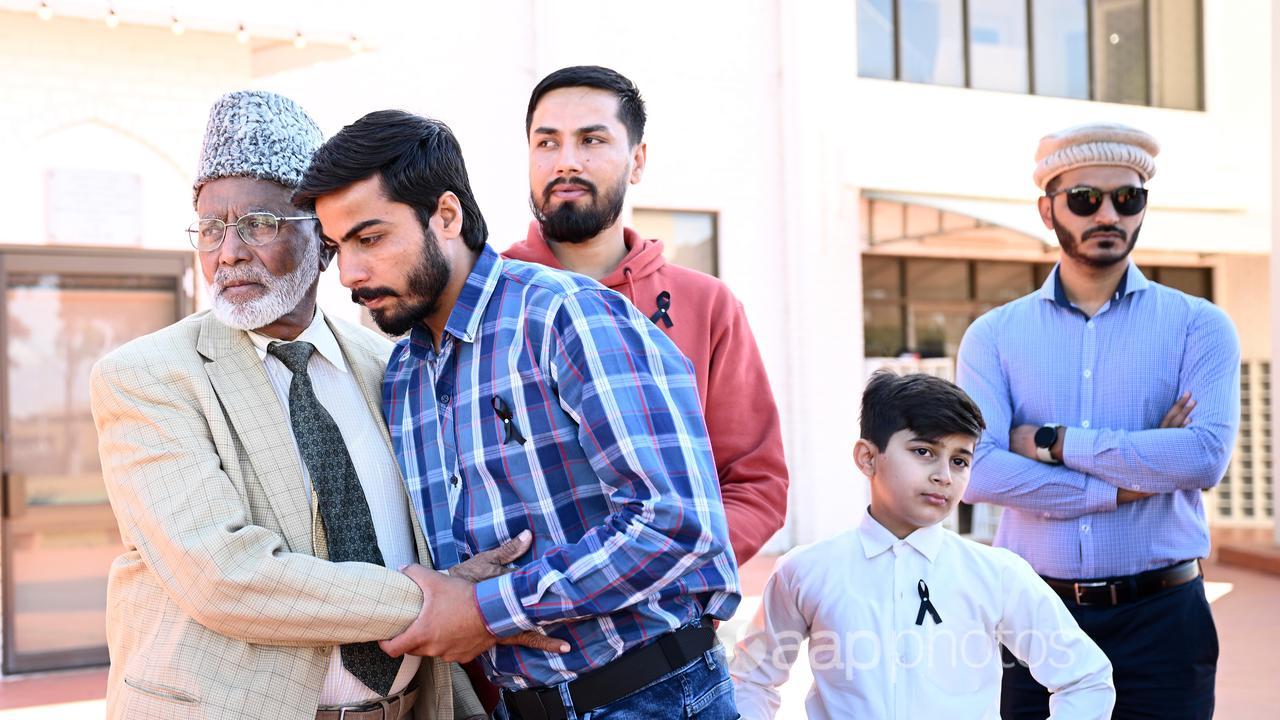The Australian Greens have launched an election pledge to tackle homelessness based upon a claim that “more than 100,000 people are without a roof over their head” in Australia.
But the claim misrepresents Australia’s homelessness statistics.
The 2016 census recorded around 116,000 people in Australia as technically homeless. However, around 57,000 of those people were living in supported housing or temporary accommodation while a further 51,000 counted as homeless because they were living in severely overcrowded accommodation. Rough sleeping accounted for 8200 people, or around seven per cent of all homelessness recorded.
The claim was made in an Australian Greens’ policy document that makes up part of the party’s federal election platform.
The document says: “Australia faces an acute crisis of homelessness, where over 100,000 people are without a roof over their head on any given night. This is shameful and entirely preventable.”
The policy was launched on April 24 by Greens’ housing spokeswoman Senator Mehreen Faruqi, who also promoted the claim on Twitter on the same day.
When contacted by AAP FactCheck, Senator Faruqi’s office confirmed the claim referred to 2016 census figures that showed 116,427 people were estimated to be homeless on the day of the census.
According to the Australian Institute of Health and Welfare (AIHW), there is no single definition of homelessness in Australia.
The Australian Bureau of Statistics (ABS) defines somebody as homeless, for the purposes of the national census of population and housing, as a lack of one or more elements that represent a ‘home’.
That includes people living in accommodation that is inadequate, people who have no tenure or only a short non-extendable tenure and people who do not have access to space at home for socialising.
The ABS groups homelessness into six categories:
- Persons living in improvised dwellings, tents or sleeping out;
- Persons in supported accommodation for the homeless;
- Persons staying temporarily with other households;
- Persons living in boarding houses;
- Persons in other temporary lodgings; and
- Persons living in ‘severely’ crowded dwellings.
Almost half (51,088 people or 44 per cent) of all homelessness recorded in the 2016 census was due to people living in severely crowded conditions, which the ABS defines as a dwelling requiring four or more additional bedrooms to suitably accommodate every person living there.
People living in supported homeless accommodation, boarding houses or other temporary housing accounted for an additional 57,141 people or 49 per cent of the total homeless population while people “living in improvised dwellings, tents or sleeping out” accounted for the remaining 8200 people or seven per cent of homelessness.
Hal Pawson, a professor of housing research at UNSW's City Futures Research Centre, told AAP FactCheck that while census 2016 data is now six years old it is still the best estimate of the number of homeless people in Australia.
The ABS is not due to release equivalent 2021 homelessness estimates until early to mid-2023.
Professor Pawson said that while people in all six categories are officially classed as homeless, only one category - persons living in improvised dwellings, tents or sleeping out - are effectively 'sleeping rough'.
"Regrettably, that figure (used by the Australian Greens) does indeed look misstated," Prof Hawson said in an email.
"The total number of people classed as 'homeless' by the ABS census in 2016 was 116,000 (but) only 8,200 were in fact recorded as effectively rough sleeping.
"The number experiencing rough sleeping during any given period (e.g. month or year) will be much higher than this but the very specific wording (used by the Australian Greens) is factually incorrect."
Dr Angela Spinney, a housing and homelessness expert from Swinburne University, also raised the distinction between the ABS homelessness categories in an article she wrote for The Conversation website in December 2020.
"The stereotype of a homeless person - those living in tents or sleeping in parks or doorways - is just the visible tip of the much larger crisis of homelessness in Australia," Dr Spinney wrote.
"For every one of about 8,000 'rough sleepers' there about 14 others staying in temporary accommodation or with others in severely crowded dwellings."
The ABS similarly emphasises that its definition of homelessness should be interpreted as "'home'lessness, not rooflessness'".
The ABS has additionally made clear that its homelessness estimates are a snapshot of homelessness at only one point in time and "there is an inherent imprecision in estimating homelessness using data from the Census of Population and Housing".
Rough sleepers, people staying in supported accommodation for the homeless and homeless Aboriginal and Torres Strait Islander Australians are at particular risk of being undercounted in the census, the ABS says in its census survey methodology.
The 2016 homelessness estimate of 116,427 was an 14 per cent increase in total homelessness when compared to the 2011 census and a 30 per cent increase when compared to 2006.
The rise has mostly been driven by a rise in the number of people recorded as living in severely overcrowded accommodation, which jumped by 62 per cent between 2006 and 2016.
The Verdict
The claim that 100,000 people are without a roof over their head on any given night misrepresents the latest census data. Of the 116,427 classed as homeless, around 8200 were estimated to be sleeping rough on census day with a leading housing academic calling the Greens' claim "factually incorrect".
Misleading – The claim is accurate in parts but information has also been presented incorrectly, out of context or omitted.
AAP FactCheck is an accredited member of the International Fact-Checking Network. To keep up with our latest fact checks, follow us on Facebook, Twitter and Instagram.
Updated Tuesday, May 3 2022 14:39 AEST: Clarification of contents of Dr Spinney's article for The Conversation
All information, text and images included on the AAP Websites is for personal use only and may not be re-written, copied, re-sold or re-distributed, framed, linked, shared onto social media or otherwise used whether for compensation of any kind or not, unless you have the prior written permission of AAP. For more information, please refer to our standard terms and conditions.

